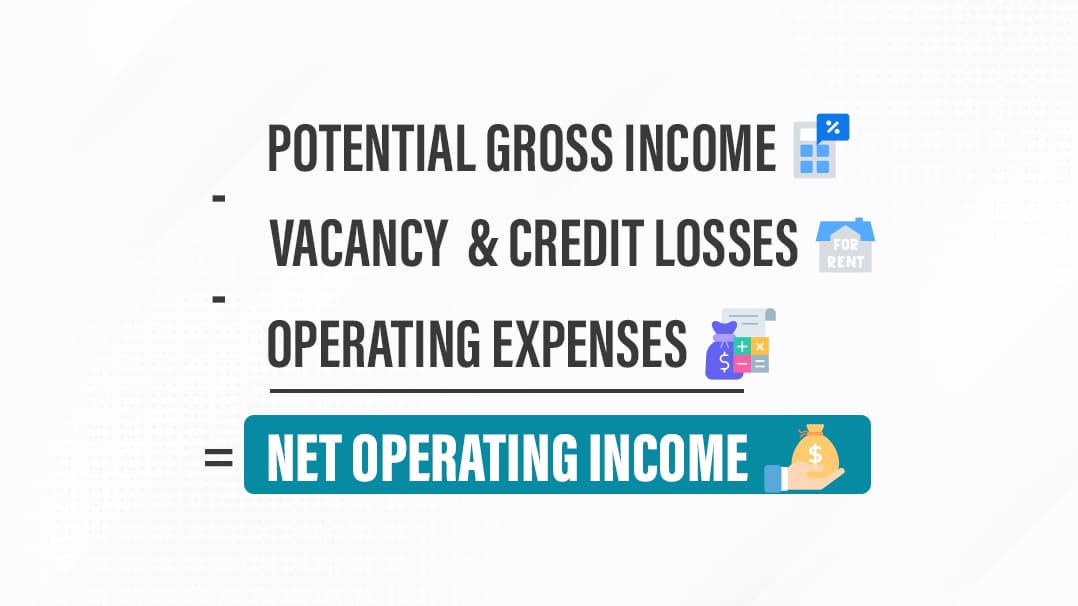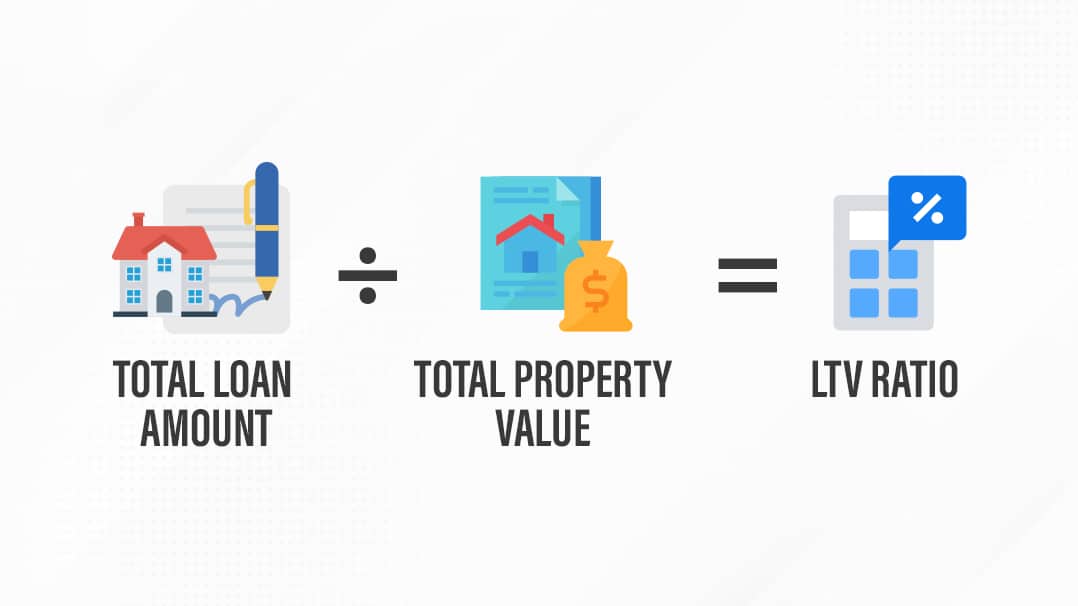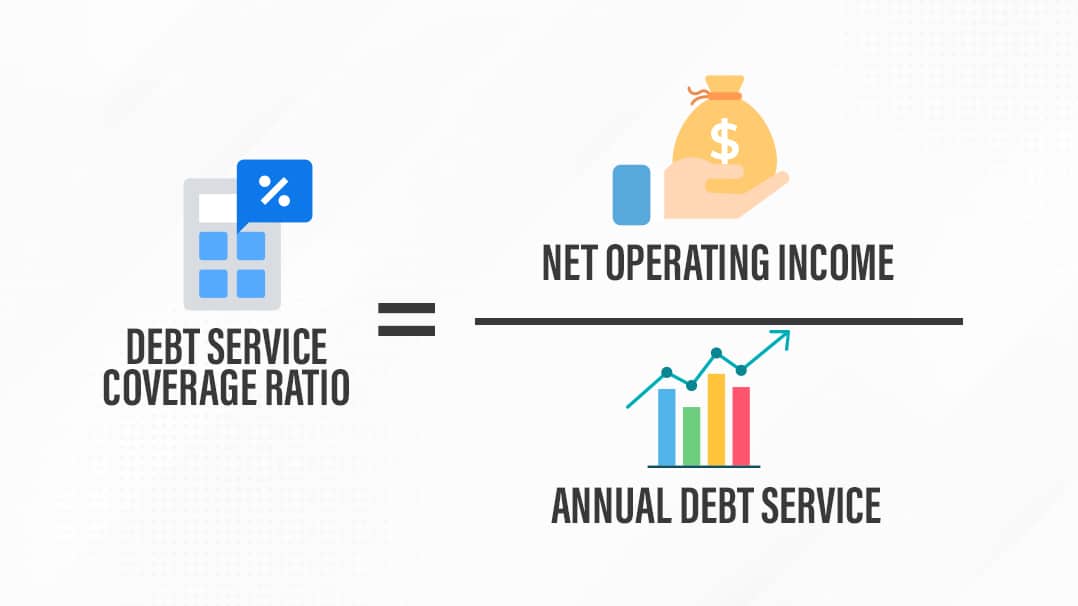
The California Landlord’s Guide for Commercial Leasing
June 16, 2023
[Guide] Rental Property Maintenance Companies in San Diego
June 30, 2023
Disclaimer: I am not an attorney and this article is not intended as a substitute for advice from the appropriate legal, zoning, financial, construction and/or tax professionals. This information is provided for educational purposes only and is made without warranties or representations
Commercial real estate is a significant investment, and while it has huge possible returns, there are a lot of risks involved as well. In fact, as you look around the world today, you can see some of those risks coming home to roost. Covid and the related push for work-from-home have left a lot of commercial real estate (particularly office parks) at low occupancy or vacant.
Companies handle this in different ways.
- Some companies push for a return to office work.
- Many companies are downsizing the offices they lease to account for smaller in-office workforces.
- A few have just stopped paying rent in violation of leases.
All of this showcases the risk of owning and operating commercial real estate: if you can’t fill the space, you can’t make money. When you can’t make money as a property owner, chances are you’re going to fail to pay your own creditors. That’s a risk that the loan servicers (usually big banks) don’t want to take.
Hence the process of underwriting. Underwriting is part of any major loan process, but it’s much more intense and high-stakes in commercial real estate. So, what is it, how does it work, and how can you make sure you navigate it successfully? Read on to find out more.
What is Underwriting?
In the old days, when loans were handled primarily with physical paperwork rather than today’s digital systems, the paperwork would end with a total number representing the money being loaned. For the person receiving the loan, this is the principal they pay back over time. For the person lending the money, this is the risk they take on; if the lendee doesn’t pay it back, that’s what they’ve lost.
When the risk is deemed acceptable, the lender writes their name under the amount they’re lending; writing under, or underwriting.
“Underwriting is the process through which an individual or institution takes on financial risk for a fee. This risk most typically involves loans, insurance, or investments. The term underwriter originated from the practice of having each risk-taker write their name under the total amount of risk they were willing to accept for a specified premium.” – Investopedia.
Today’s process is, at its heart, the same thing: the lender evaluating the risk inherent in a loan and deciding whether or not the applicant is good for it. This usually involves an analysis of the applicant’s financial situation, income and expenses, and credit score. In fact, the main reason credit scores were invented in the first place was to evaluate viability for lending.

In personal and individual-level loans (like what you might get for a car or a home mortgage), the process is generally automated using credit scores and other factors the banks can access. For commercial real estate, however, the process is more intense. After all, there’s a lot of difference in stakes between a home an individual needs to live in that costs $500,000 and a commercial building that costs $5,000,000 and isn’t necessary shelter.
For modern commercial real estate, underwriting is an evaluation process a lender (usually a bank) uses to screen loan applicants before offering a loan, which can be used to either deny the applicant or set the terms, including length of loan and interest rates.
How Commercial Underwriting Differs from Personal Underwriting
For a personal, individual loan, the borrower doesn’t need to do much other than fill out some forms. The process is so commonplace that it’s largely automated, and banks can evaluate and underwrite loans largely through automated systems.

Commercial real estate mortgages are different, primarily because they’re much larger than personal loans. Underwriters for commercial real estate loans generally need to be more experienced and have more of a personal touch and insight into a situation to properly evaluate a potential loan.
In particular, the lender will request a proposal of what the borrower intends to do with the property, which will include a series of financial projections and other details that can represent the future of the loan. This is put together into a document called a “Pro Forma” or “Proforma,” and it includes a series of important details and projections.
What is Included in CRE Underwriting Pro Formas?
There are a handful of very important numbers and evaluations that go into the underwriting process. You may be asked to provide these to the best of your ability, or you’ll be asked for the numbers that are used to calculate and derive them. What are they?
Projected Net Operating Income

The NOI, or Net Operating Income, is the result of the following equation:
- (Potential Gross Income) – (Vacancy and Credit Losses) – (Operating Expenses)
This shows the general income the potential property owner will expect to make from the property under a typical circumstance. The lender’s assumptions of vacancy rates and expenses may differ from what your prospective calculations might include, which is a big part of how variable underwriting can be. This number alone isn’t make-or-break for a loan, though; it’s used to compare to other metrics.
Loan-to-Value Ratio
The LTV, or Loan-to-Value ratio, is a simple calculation.

You can find the loan-to-value ratio with this equation:
- (Total Loan Amount) / (Total Property Value)
The key to this is the evaluated value of the property. Lenders typically have third-party firms on hand to appraise commercial properties and assess their value for the purposes of the loan.
The LTV represents several things about a loan, including what percentage of the property that the loan is covering (and thus what percentage the borrower is putting in of their own) and the risk of the overall property. Undeveloped land can be riskier than developed and established commercial properties, for example.
Debt Service Coverage Ratio
The DSCR, or Debt Service Coverage Ratio, is the percentage of the property’s overall income that goes towards paying off the loan. Generally, this should be over 1.0 to account for potential losses, increased vacancies, and other issues that could hinder the overall income of a property.

The calculation is, again, fairly simple:
- (Net Operating Income) / (Annual Debt Service)
Annual debt service is the amount the lender expects to be repaid each year.
A DSCR of 1.2x, or 120%, means that there’s a 20% buffer there; if the income of the property drops by 20% due to external factors, the property is still expected to make enough money to cover the loan payments and break even.
Other Factors
Other metrics are generally considered in the underwriting process, either as variables in other calculations or as projections for the lifespan of the loan.

They can include things like:
- Cap rates. The capitalization rate is net operating income divided by purchase price and is calculated twice: once for the entry or purchase of the property and once for the exit or sale of the property after the loan. Cap rate should grow over time.
- Vacancy rates. Part of the NOI calculation, there’s always the expectation of some vacancy in a commercial property; an apartment building is almost never completely full at all times, and multi-unit business venues have empty lots. Usually, an average of comparable commercial properties is used here.
- Maximum loan options. While a commercial borrower might not need the full extent of an available loan, a loan table is usually produced that includes different maximum values of the loan and the associated terms. Larger loans are either longer terms or higher interest in general, though the rate sheet can vary. Critically, metrics like the NOI and DSCR are used to calculate the maximum supportable loan amount as the absolute most the lender can offer safely.
Most banks use fairly standardized processes for evaluating and underwriting potential commercial loans, and while the process isn’t as entirely automatic as it is with personal loans, there’s still a lot that is done via standardized variables and assumptions.

As a Borrower, What Do You Do?
If you’re interested in buying commercial real estate, what is your role in underwriting?
To put it simply: not much.
A lender might ask you for some financial assumptions, and they’ll generally have a discussion with you about your intentions and goals with the property. There’s a lot of difference between someone who intends to buy a property, make a few small improvements, and operate it generally as-is, someone who wants to make significant remodels and improvements to a building that could take months or years to complete, someone who wants to rezone and rebuild a property from the ground up, and other scenarios. Knowing more or less what your intent is will fuel the calculations the underwriter will make.
All of this is just part of the loan application process and is largely done through paperwork. The underwriter will make their standardized assumptions, and while they might ask you for information or your own proforma, they will also produce their own.

Most commercial real estate loans end up somewhere in the range of these terms:
- Principal: Somewhere north of a million dollars.
- Rates: Generally around 5-7% on average.
- Term: Often ten years, though this can vary by industry and property type.
- LTV Ratio: 80% as a target.
You can use all of the information above to perform various calculations and assumptions to evaluate your own likelihood of successfully being approved for a loan through underwriting before you even start the application process. This saves you time and energy in applying for something you’re likely to be denied for and gives you the opportunity to work to improve some metrics to make your chances of approval more likely.
Improving Your Chances of Underwriting Approval
If you’re considering applying for commercial real estate mortgage loans, you’re going to want to situate yourself for the best possible chances of success. For personal loans, advice is generally simple and revolves around improving your credit score and financial stability. For commercial loans, it’s mostly the same, with higher stakes.

How can you tangibly help with the underwriting process?
- Get the property you’re looking at appraised. While the lender will likely have their own appraisers they use for their underwriting process, you can provide a baseline they can use to get started on projections while they wait to see if their own appraiser has appreciably different values.
- Be honest and up-front with information. Trying to finesse the numbers to make your potential investment look better might increase your chances of being approved for a loan, but if you can’t actually pull off the numbers in your projection, you’re just going to end up in hot water with your loan. Be genuine, truthful, and up-front with your information.
- Have a plan and tangible goals. Going into a loan application saying, “I dunno, I’ll run the shopping center, find some local vendors, etc.” is a lot worse than having a tangible business plan, existing connections, or a route to success. The more thought you put into it – and the more you can display that planning – the better off you’ll be.
And, of course, any improvements to your personal financial situation, like working to increase your credit score, can help a lot as well.
Getting Started in Commercial Real Estate Investing
Are you looking to buy into commercial real estate? Competition is fierce, so laying a strong foundation and having a well-considered plan can put you a step ahead of the rest.
What about exiting or improving your portfolio? Selling commercial real estate you own can be a complex process, whether you’re looking to cash out or roll your proceeds into another investment a step above what you currently have.

Either way, why not contact me? As one of California’s foremost commercial real estate brokers, I facilitate transactions from both buying and selling. So, if you have a property you’re looking to sell or you have your eye on a property that’s available, I can help you make the deal. Contact me today, and let’s talk about what I can do to help you out. And if you have any questions, be sure to let me know! I’d be more than happy to assist you.

Erik Egelko is a veteran of the commercial real estate business with a specialized focus on Investment Property Sales. In 2021 and 2022, Erik was the #1 ranked Broker in California for one of the largest CRE Firms as well as ranked in the Top 1% of brokers nationwide. He has extensive experience in a variety of asset types including: Retail Shopping Centers, Medical Office Buildings, Industrial Properties, and Multifamily Apartment Complexes. Over the course of his career, Erik has closed over $100,000,000 of commercial property sales throughout Southern California.



